Depth processing
In areas with sharp vertical and lateral velocity changes, the time migration of seismic data does not allow obtaining a correct image of the environment. To improve reflection focus and restore true horizon geometry, PetroTrace specialists build depth-velocity models of any degree of complexity and use a wide range of pre-stack depth migration algorithms. Depth images calibrated to borehole data greatly improve the accuracy of subsequent structural and dynamic interpretation.
Building the initial
velocity model

An example of complex velocity model view.
Velocity model refinement
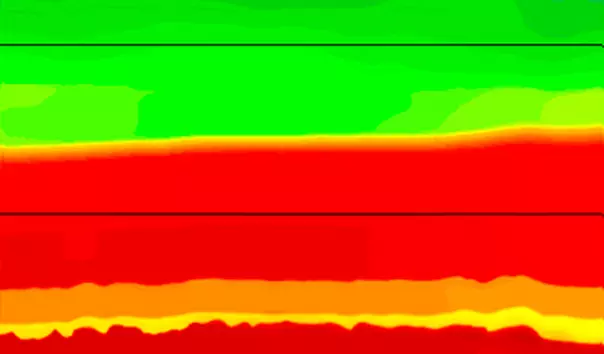
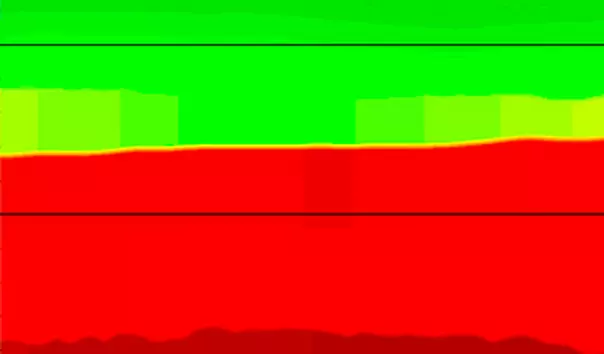
Results before and after refinement of the depth velocity model.
Migration algorithms
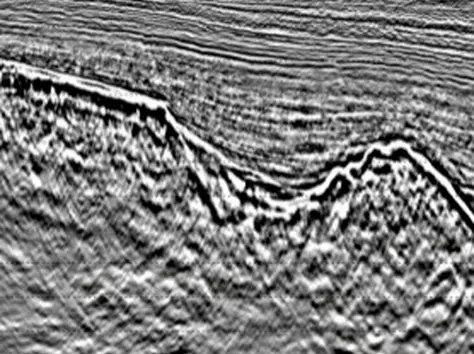
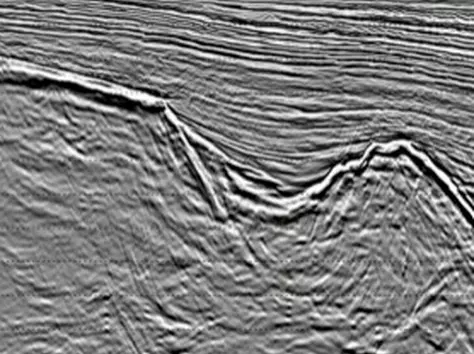
Comparison of 3D Kirchhoff depth migration (left) and 3D CRAM (right).
Anisotropy
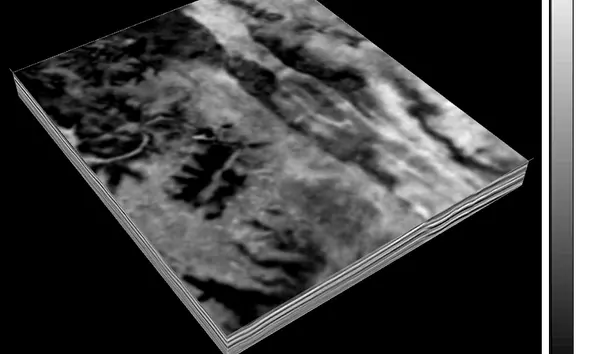
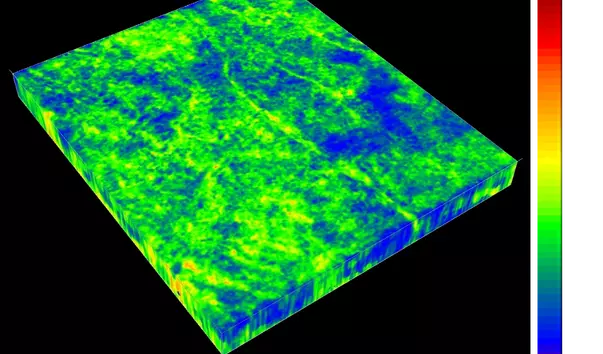
Seismic cube time slice and HTI anisotropy intensity.
Extracting diffraction component of the seismic field
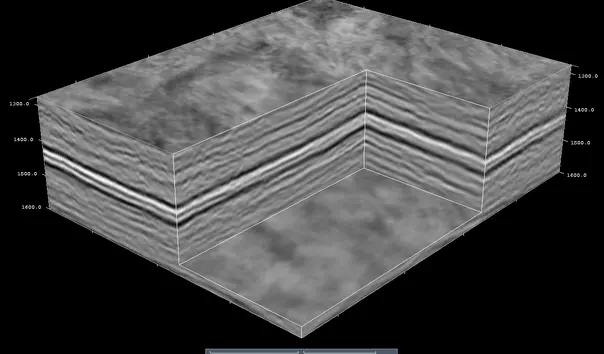
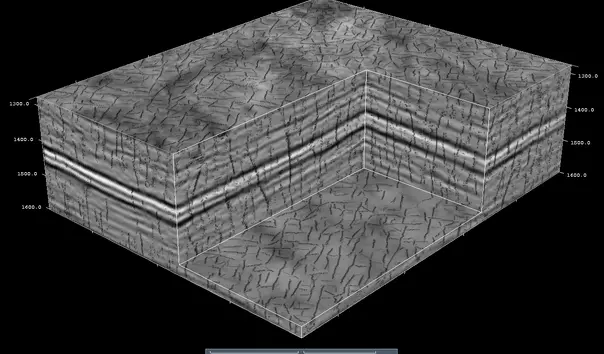
Example of a depth cube with an overlapped diffraction imaging result.